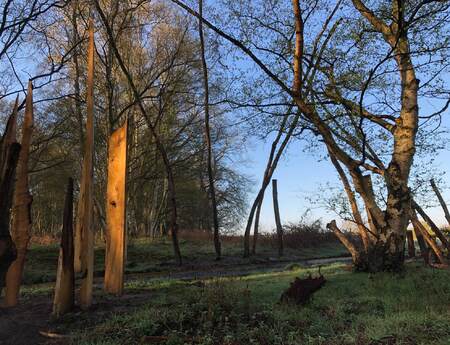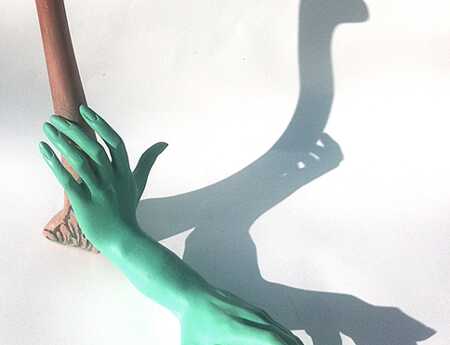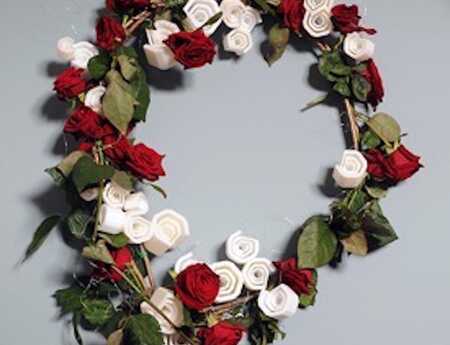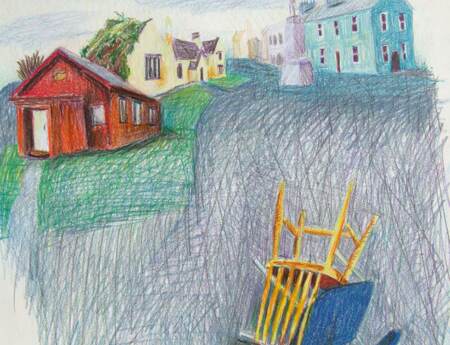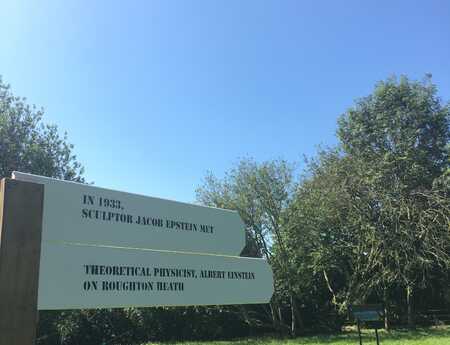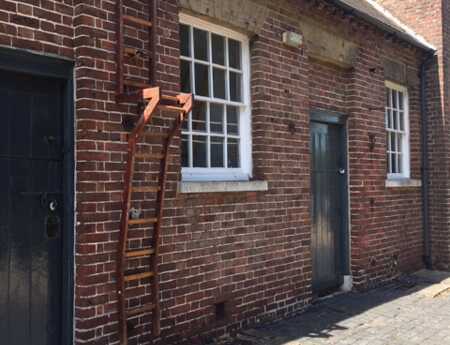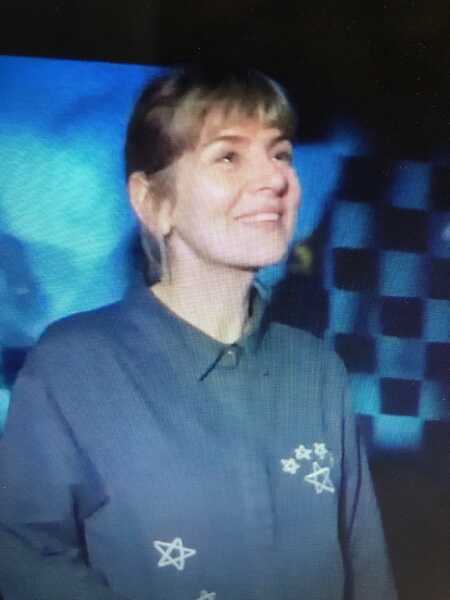
Großbritannien
Grace Adam
I make temporary interventions and objects, which I often locate outside a gallery setting. Work often investigates our public and shared spaces. How do we use them?
In my practice, I work across drawing, painting, sculpture and installation. I am particularly interested in our built, shared environments; how we negotiate, adapt and use them. My work references the objects we buy, the ways we understand landscapes, the everyday; notions of what can be beautiful and where.
How do we negotiate and influence our domestic and wider environments? How we interpret contemporary and historical ideas of beauty is being tested. Works seek to question and re-evaluate some of the objects and spaces that define our environments, and therefore us.
How do we assign value to public spaces and the collections of objects they contain? How do the apparently arbitrary groups of historical, modern and contemporary structures in these urban and suburban spaces contribute, if anything to our daily lives?
How do these spaces work? How do we behave in these spaces? How do their visual triggers affect us? Do the objects in them matter? How do aesthetics, nostalgia, forgetting come into play?
I am interested in exploring the possibilities for reconnecting, celebrating, questioning the places and spaces we use; in noticing. We are used to placing ourselves at the centre of every experience.
Examining the role of objects is a not only a way to investigate the intentions of the maker, but to trace changes in ‘taste’; what an individual, a society, an institution chooses to celebrate, to keep, of why and how. Collections, private or public, illustrate social structures, private interests and neuroses, ideas around fashion, status and consumerism. Always in a state of flux, meaning is formed and reformed.
To make an inquiry into these objects, the altered status of these physical clues is an attempt to understand in some way, the intentions of the maker, aesthetic and formal values, issues around manufacture, mass production, craft, and the materiality of objects. The relationship between the readymade and mass-produced or commemorative objects, between luxury and ordinary objects is rich and fascinating.
Pieces hover between built, un-built and grown. An appropriation of familiar, mundane materials and techniques into another context, allows the viewer to see again the plain, the overlooked, the grotesque, the ordinary.
